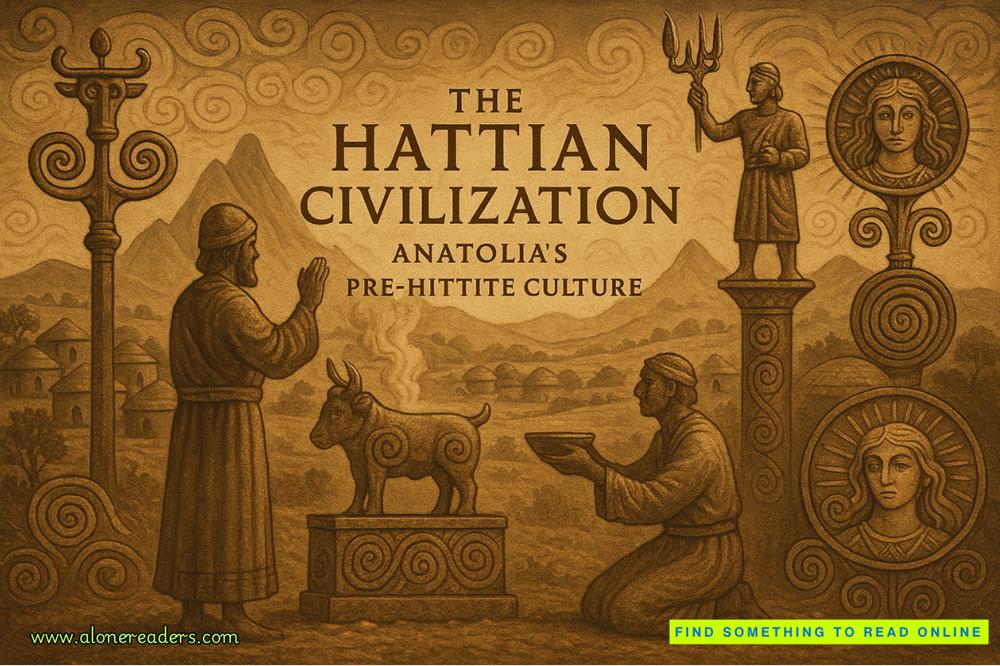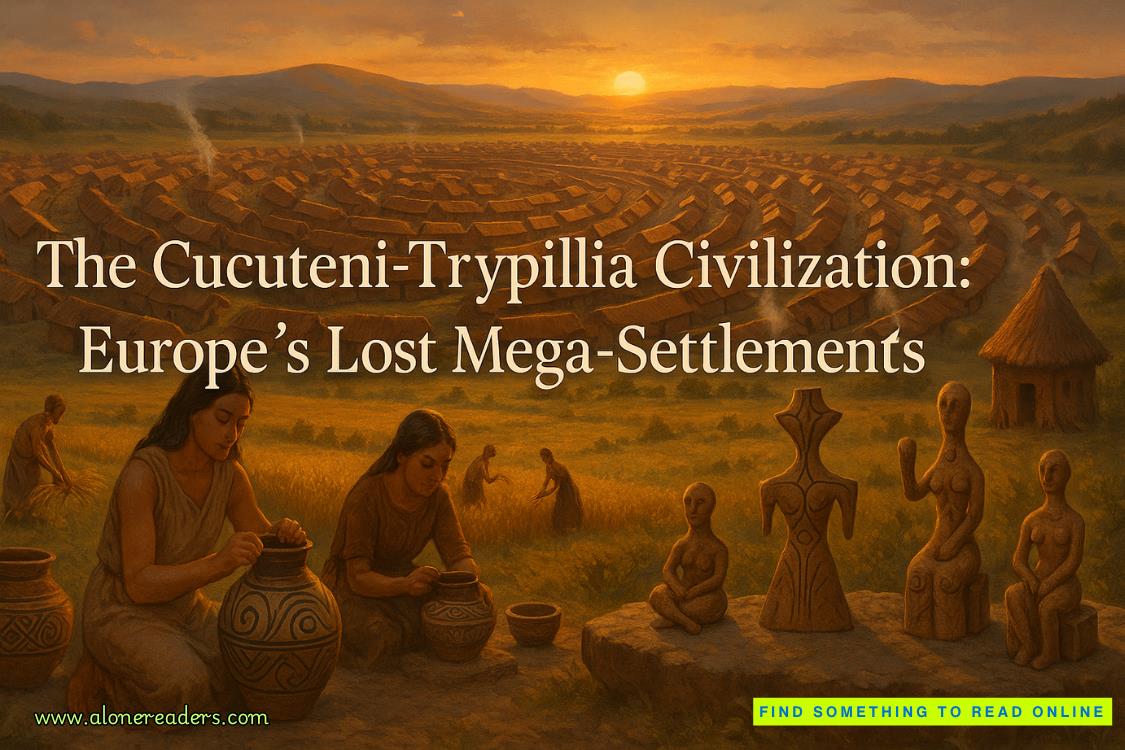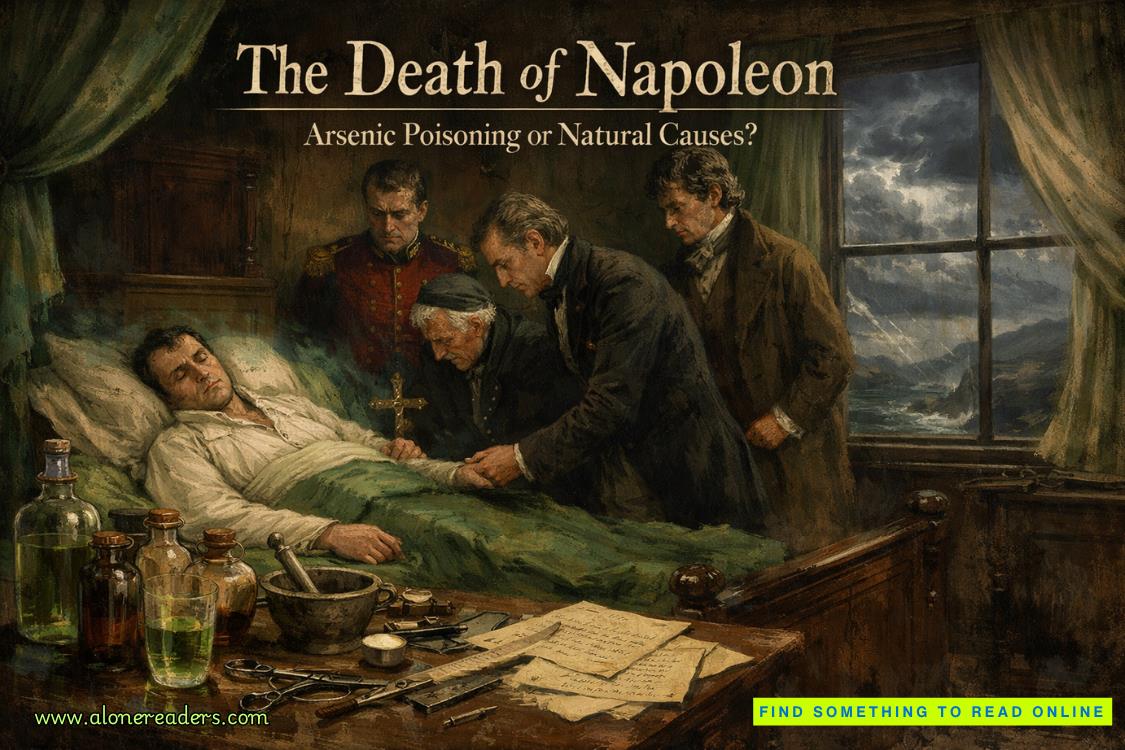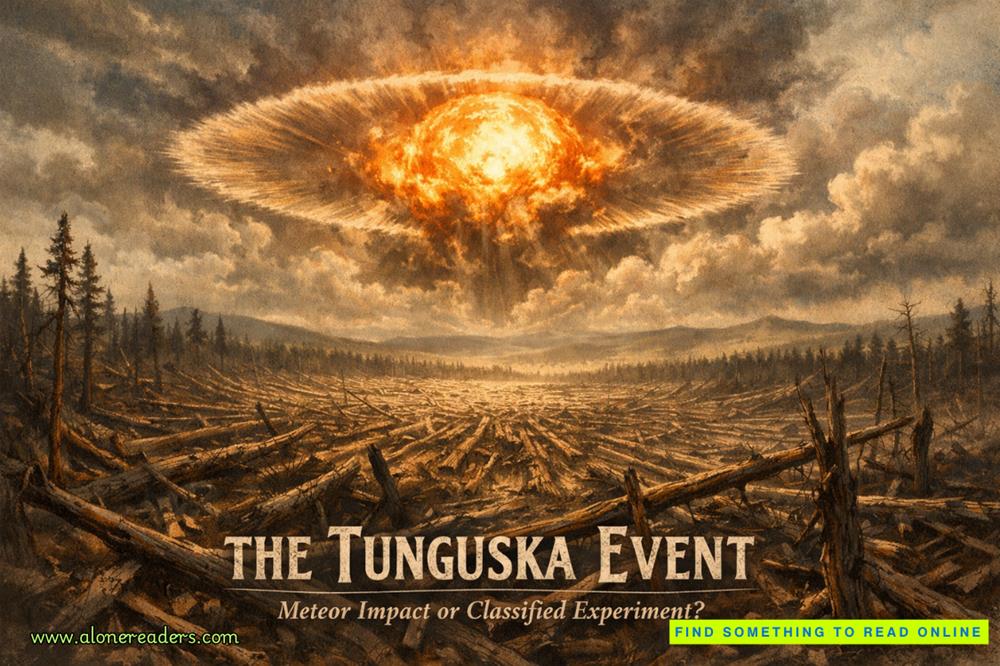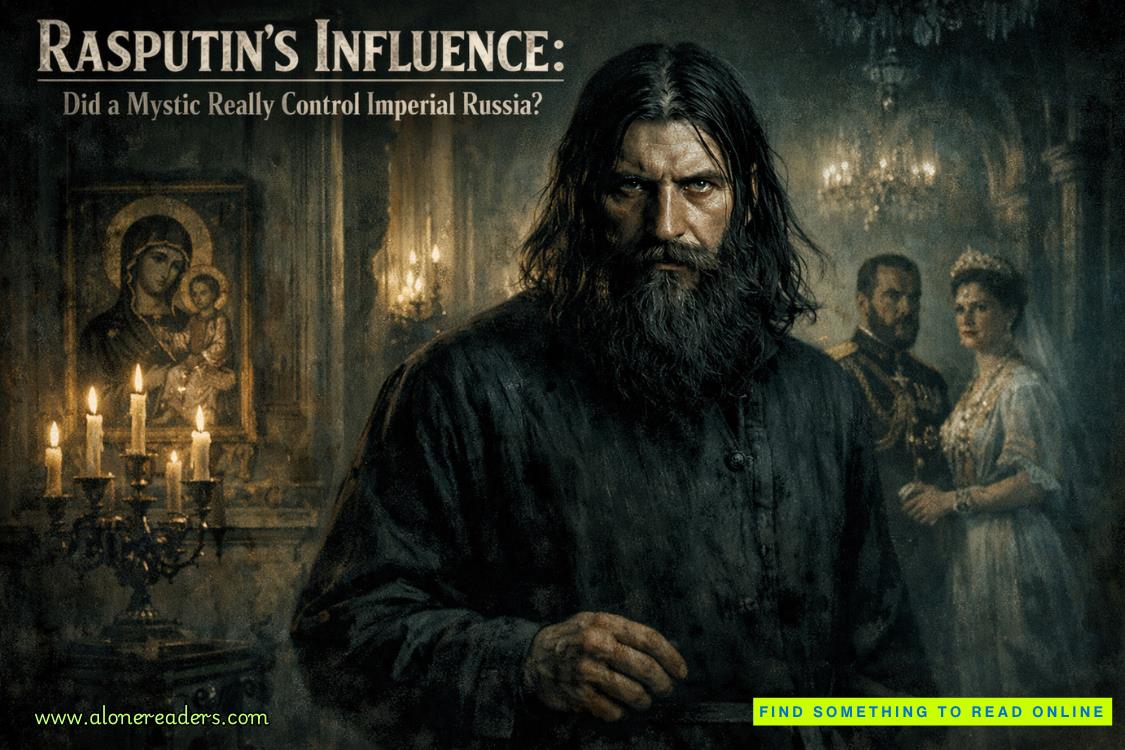“Okay, so you were brought in three years down the line. Did you review what had occurred on the project in those first three years?”
“Yes, I did.”
“When you made this review, did anything alarm you?”
“Yes, several things, actually.”
“Okay, did you make a list of these alarming things?”
“I did, yes.”
“What was at the top of that list?”
“Well, I saw in the initial mission document that the app they were developing was, from the start, a thirteen-plus project, meaning that it was meant to be suitable for young teenagers.”
“And why was that alarming?”
“It was not alarming in itself or as a goal for the project. It was when I went further with my review that I became concerned thatthey were building something that was not suitable for young teenagers. Clair was being trained from the beginning with data that was geared more toward older people. Adults.”
“Let me stop you there. Can you explain to the jury what you mean by training in regard to Project Clair?”
This was a question we had worked on repeatedly during prep. Her answer, if she could get it out without objection, would be the foundation on which we would build the case against Tidalwaiv of reckless disregard.
“Building an AI companion is in many ways like raising a child,” Kitchens said. “But in a much more time-constricted way. We send our children to school for twelve to sixteen years or more, filling their brains with knowledge and social skills and experiences. AI is similar but much quicker because it’s all digital. Data is downloaded. It’s not based on real experiences or our human concept of learning. That’s why it’s calledartificialintelligence. It’s not real.”
“Okay,” I said. “But what about this process alarmed you when it came to Project Clair?”
“My problem was that they were building an app they were going to market to young teenagers, but they weren’t training it as a young teenager. They were not editing the input to fit the parameters of their market. In human terms, it was like giving a thirteen- or fourteen-year-old a twenty-five-year-old friend. This app friend would have data and knowledge well beyond that of the human it would be marketed to serve. There were guardrails in the mission statements about Clair, but they were not actually in place. They were in the documents but not in the actual training.”
“They were just paper guardrails.”
“Exactly.”
“Can you give us any specific examples of something you observed as the ethicist on the project that demonstrated this?”
“Well, I had repeated clashes with a coder on the project who was dropping personal data into the program—for example, his Spotify lists and his personal top-ten lists of movies, TV shows, travel destinations. He was in his late twenties at the time, and that to me was problematic. Clair was supposed to be a companion suitable for a thirteen-year-old. I didn’t think it was appropriate for it to have knowledge of the red-light districts of Thailand.”
Marcus Mason immediately objected, citing facts not in evidence. Ruhlin overruled the objection without comment and told me to continue.
“Naomi, did you raise your concern with the stakeholders on this project?”
“‘Concern’ is putting it mildly. I was alarmed and I wrote several memos and emails to people up and down the list of project managers. I had meetings. I felt that it was what I was hired to do. I felt like I was the last guardrail.”
I turned and looked back at Lorna in the front row and nodded. She came through the gate, took my seat at the table, and proceeded to open up the laptop and engage the PowerPoint demonstration.
“Your Honor,” I said, “I have a series of memos and emails authored by the witness to various managers and stakeholders in Project Clair that I ask the court to enter as exhibits and permit us to display on the courtroom screen.”
“Very well,” Ruhlin said. “Why don’t we allow the jury to take the afternoon break while I review your documents.”
I had expected one of the Masons to object to the blanket approval I was asking for, but they were silent at the defense table.
Kitchens stepped down, and as the jurors filed back into the assembly room, I took one set of copies of the documents to the clerk for the judge to peruse and another set to the defense table.
“I’m sure you already have these, boys,” I said. “But just in case.”
I started to put the documents down in front of Marcus. He held his hand up as if to push them away.
“Don’t bother,” he said. “You can put on your PowerPoint, Haller. The jurors won’t remember one bit of it when I get through with your so-called last guardrail.”




